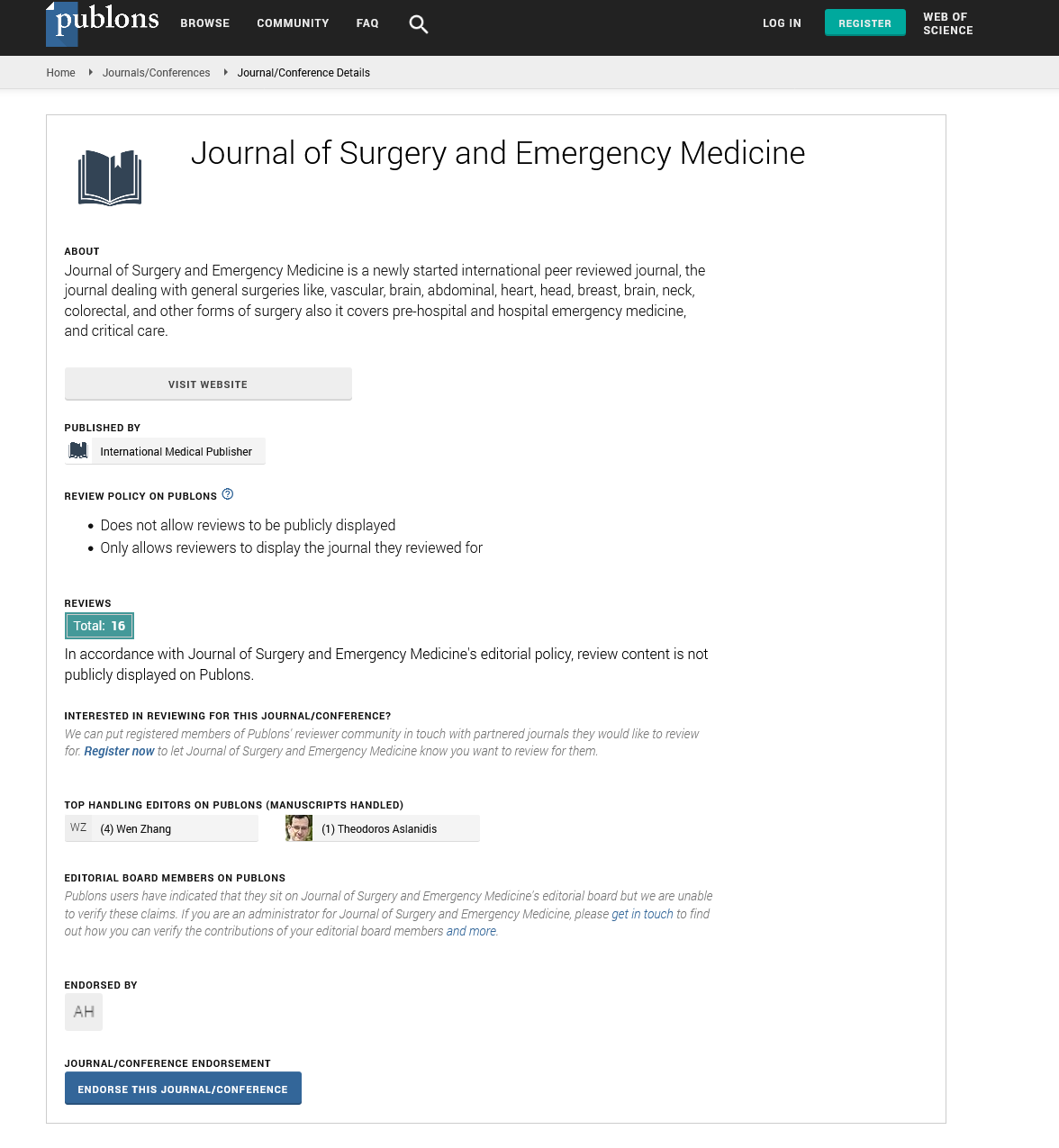Abstract
Food Bee Honey versus Conventional Antiseptic in Local Management of Acute Infected Wounds
Background: Honey is a popular sweetener and a common household product throughout the world. It is nonirritant, nontoxic, easily available and cheap. It has been used from ancient times as a method of accelerating wound healing. During twentieth century, it was reported that honey as having good antimicrobial properties along with therapeutic potential in wound healing. Methods: Between Feb 2014 and December 2016, a total of 100 patients; aged between 20 and 60 years old, 56 male and 44 female patients, complaining from acute wound infection, all patients after proper investigation and proper surgical treatment with adequate drainage and or debridement under general anesthesia. Local management of the wound was done either by daily wound dressing with food bee honey or local antiseptic povidone iodine 10% solution. All patients were randomized into 2 groups. Group A (honey local dressing of acute infected wound of 50 patients) and group B (povidone iodine local dressing of acute infected wound of 50 patients). Results: Marked clinical improvement was seen in most cases of group A, using food honey local treatment of wounds, compared with group B using povidone iodine in daily wound dressing and most of the wounds were closed, clean and free of infection from 10 days to 6 weeks, except 2 cases of diabetic foot wounds needed another local drainage and debridement under general anesthesia followed by complete wound healing after about 4 weeks on daily honey local treatment and one case of diabetic male 52 years old was complaining of neglected perianal abscess complicated with scrotal Fournier gangrene and after surgical drainage and debridement and excision of about 50% of scrotal skin due to Fournier gangrene, complete healing of both, perianal wound and scrotal wound in about 8 weeks on daily wounds dressing with honey. In group B, povidone iodine local wound treatment, wound healing and closure from 2 weeks to 8 weeks, except 4 cases of diabetic foot wounds, two from them needed another local drainage and debridement under general anesthesia after 2 weeks from the first drainage and needed about 4 to 6 weeks for wound healing from the second drainage, and another two cases changed to chronic wounds and complete healing after about 3 months from the second wound drainage and debridement. Conclusion: The present investigation can conclude that the bee honey has significant efficacy in local management of infected wound compared with local conventional antiseptic povidone iodine, as shortly time of healing, economic, more patient satisfy, comfort with less pain, final better wound scare formation that is more cosmetics compared with povidone iodine.
Author(s): Mohamed Aly Elhorbity, Loay Mohamed Gertallah, Mohamed Ibrahim Mansour, Ahmed Salah Arafa, Bassam Rabieh Mahmoud, Ehab Shehata Abdullah and Wael AM Ghonimi
Abstract | Full-Text | PDF
Share This Article
Google Scholar citation report
Citations : 131
Journal of Surgery and Emergency Medicine received 131 citations as per Google Scholar report
Journal of Surgery and Emergency Medicine peer review process verified at publons
Abstracted/Indexed in
- Google Scholar
- Publons
Open Access Journals
- Aquaculture & Veterinary Science
- Chemistry & Chemical Sciences
- Clinical Sciences
- Engineering
- General Science
- Genetics & Molecular Biology
- Health Care & Nursing
- Immunology & Microbiology
- Materials Science
- Mathematics & Physics
- Medical Sciences
- Neurology & Psychiatry
- Oncology & Cancer Science
- Pharmaceutical Sciences
